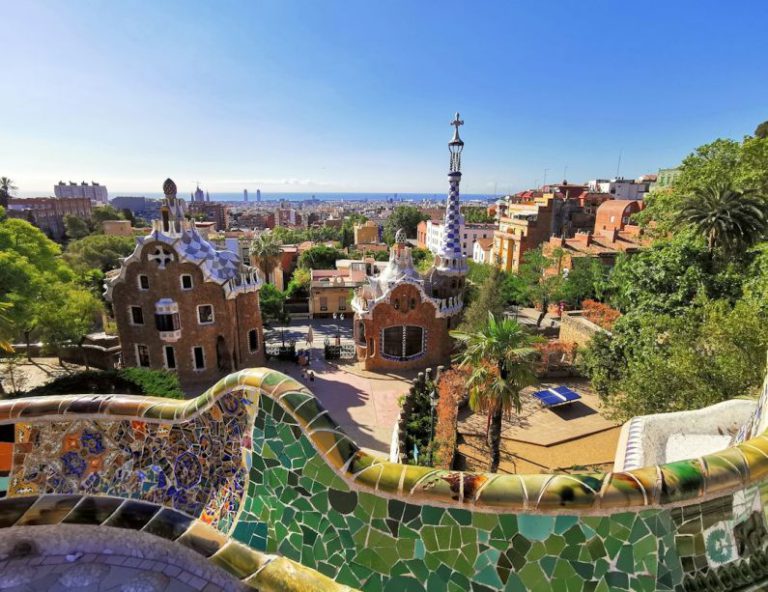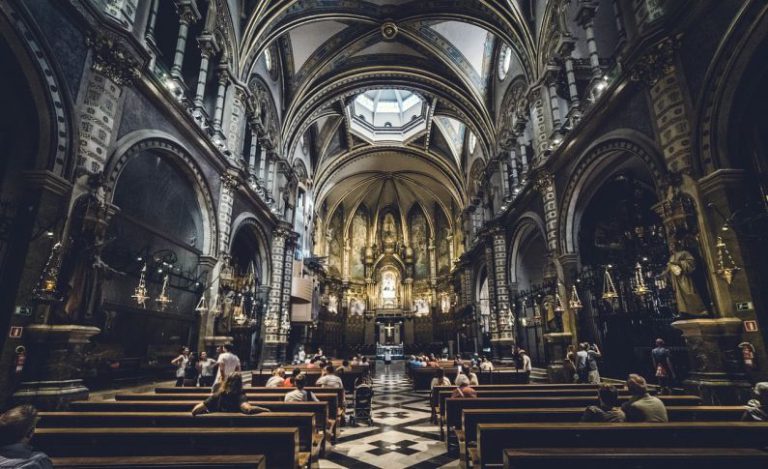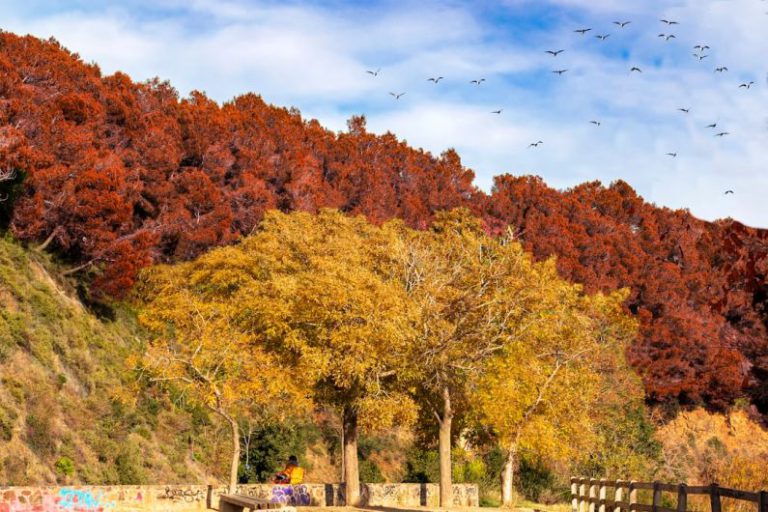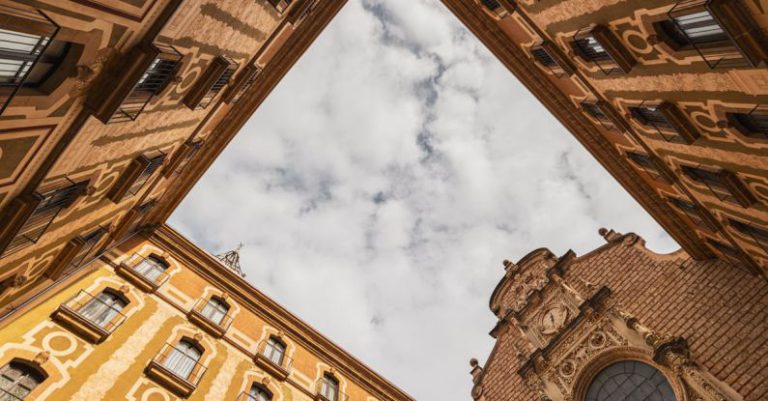Delve into Barcelona’s Roman History
Barcelona, the vibrant metropolis nestled along the northeastern coast of Spain, boasts a rich history that dates back centuries. While the city is renowned for its modernist architecture and lively atmosphere, its roots can be traced back to ancient times when it was known as Barcino, a Roman colony founded in the 1st century BC. Delving into Barcelona’s Roman history reveals a fascinating tapestry of cultural heritage that still influences the city today.
Unearthing Barcino’s Foundations
The Roman presence in Barcelona can be vividly experienced through the remnants of Barcino, the ancient settlement that laid the foundation for the city we know today. As you wander through the Gothic Quarter, the heart of Barcelona’s historic center, you will encounter a maze of narrow streets that reveal archaeological treasures at every turn. The ancient Roman walls, which once encircled Barcino to protect it from invaders, stand as a testament to the city’s enduring legacy.
Exploring the Roman Temple of Augustus
One of the most iconic landmarks that harkens back to Barcelona’s Roman past is the Temple of Augustus, located in the Gothic Quarter. Built during the reign of Emperor Augustus in the 1st century BC, this well-preserved temple was dedicated to the Roman imperial cult and served as a focal point for religious ceremonies. As you stand before the towering Corinthian columns of the temple, you can’t help but feel a sense of awe at the architectural prowess of the ancient Romans.
Unveiling the Roman City Grid
Barcelona’s Roman heritage is also reflected in its urban layout, which still bears traces of the original Roman city grid. The Romans were known for their meticulous urban planning, and Barcelona was no exception. The Cardo and Decumanus, the two main streets that intersected at the heart of Barcino, created a grid pattern that organized the city into distinct blocks. Today, as you navigate the bustling streets of Barcelona, you can still see remnants of this ancient grid system that shaped the city’s development.
Discovering Roman Artifacts at the City History Museum
For a more in-depth exploration of Barcelona’s Roman history, a visit to the City History Museum is a must. Housed in a medieval palace in the Gothic Quarter, the museum showcases a diverse collection of artifacts that offer a glimpse into daily life in ancient Barcino. From pottery and sculptures to mosaics and inscriptions, the exhibits paint a vivid picture of the cultural and artistic achievements of the Roman settlers who called Barcelona home.
Immersing Yourself in Roman Culture at the Roman Baths
To truly immerse yourself in Barcelona’s Roman history, a visit to the Roman Baths is a must. Located beneath the streets of the city, these well-preserved thermal baths offer a rare glimpse into the daily rituals and customs of the ancient Romans. As you wander through the dimly lit chambers and plunge pools, you can almost hear the echoes of conversations and laughter that once filled these sacred spaces.
Rediscovering Barcelona Through a Roman Lens
Barcelona’s Roman history is not just a distant memory confined to the annals of time; it is a living, breathing part of the city’s identity. By delving into the remnants of Barcino scattered throughout the city, you can gain a deeper appreciation for the cultural mosaic that defines Barcelona today. From the majestic Temple of Augustus to the intricate Roman artifacts housed in museums, every corner of the city tells a story of resilience, creativity, and enduring legacy.
Unveiling the Timeless Legacy of Barcino
As you explore Barcelona’s Roman history, you will come to realize that the legacy of Barcino transcends time and space. The ancient Romans may have long departed, but their imprint on the city endures in its architecture, art, and culture. By peeling back the layers of history that cloak Barcelona, you can uncover a treasure trove of stories that connect the past to the present, weaving a narrative of continuity and change that defines this captivating city.






